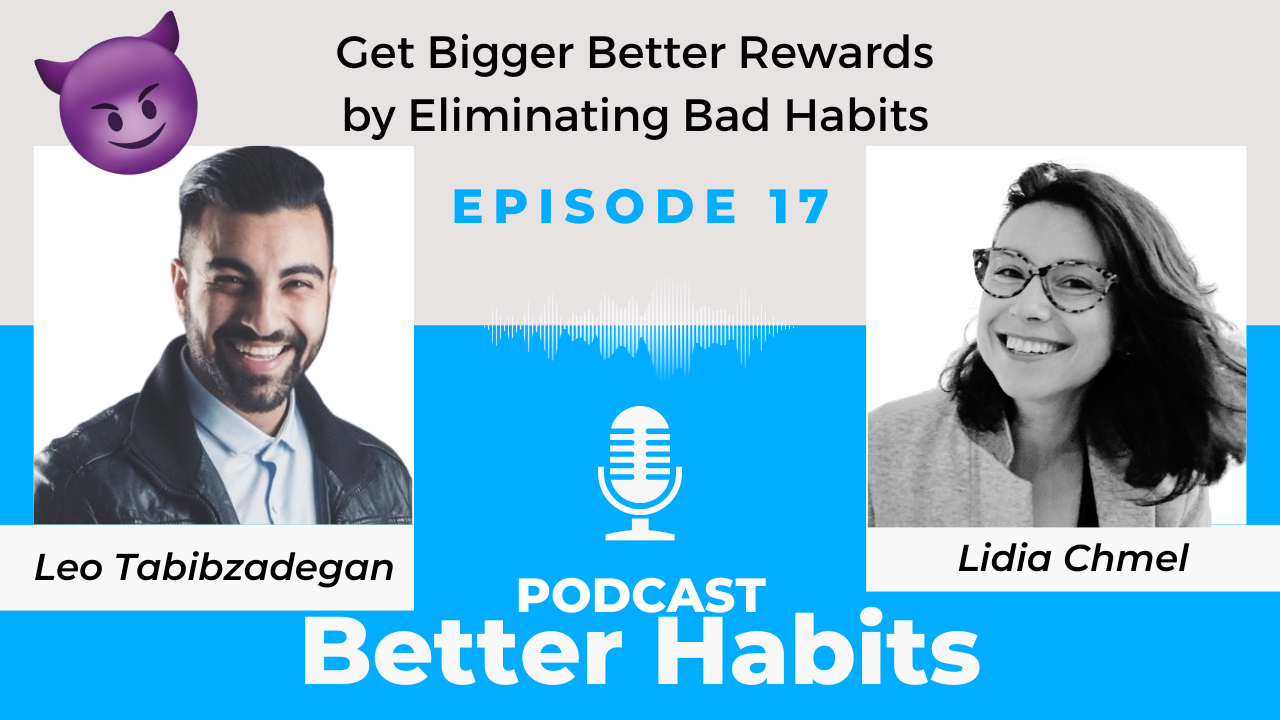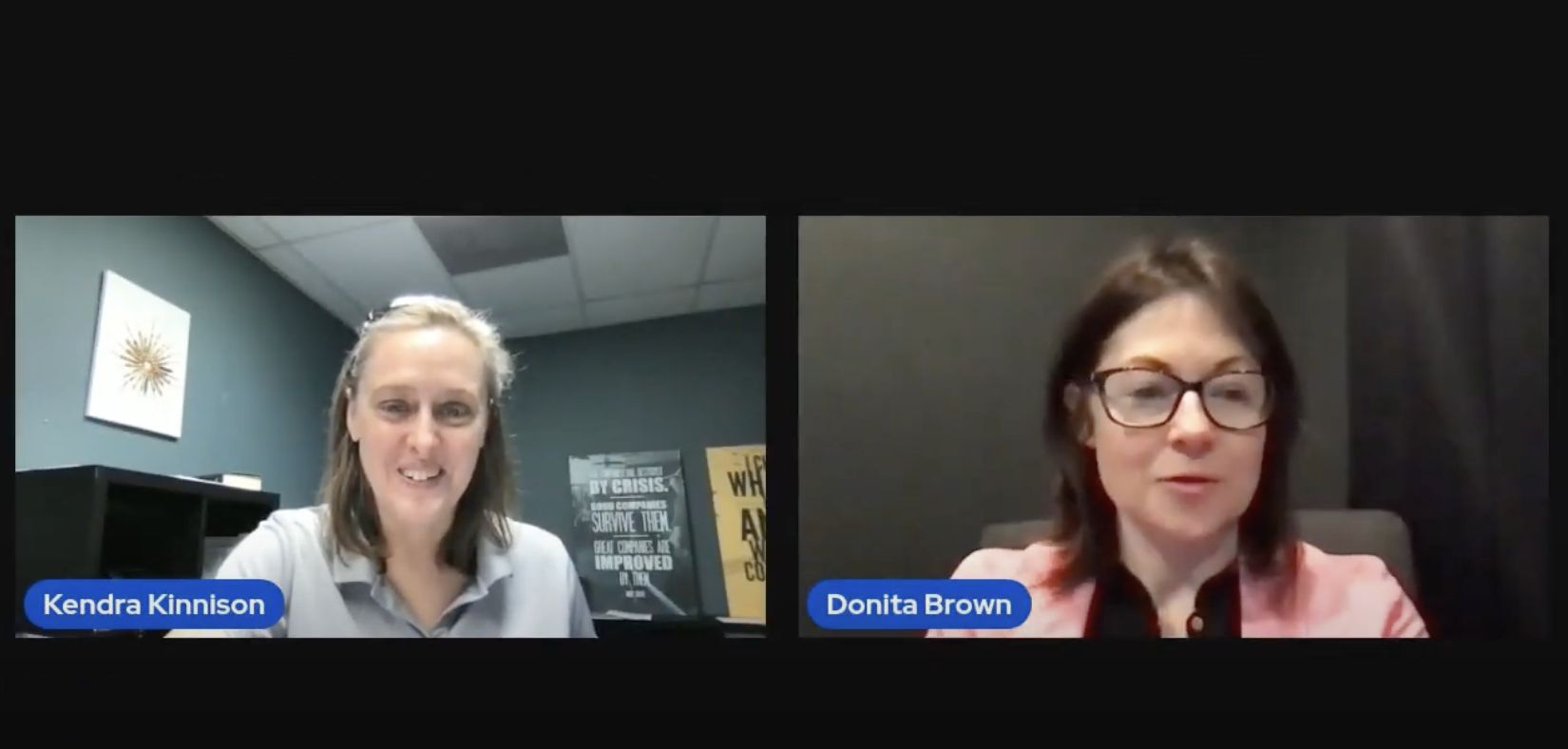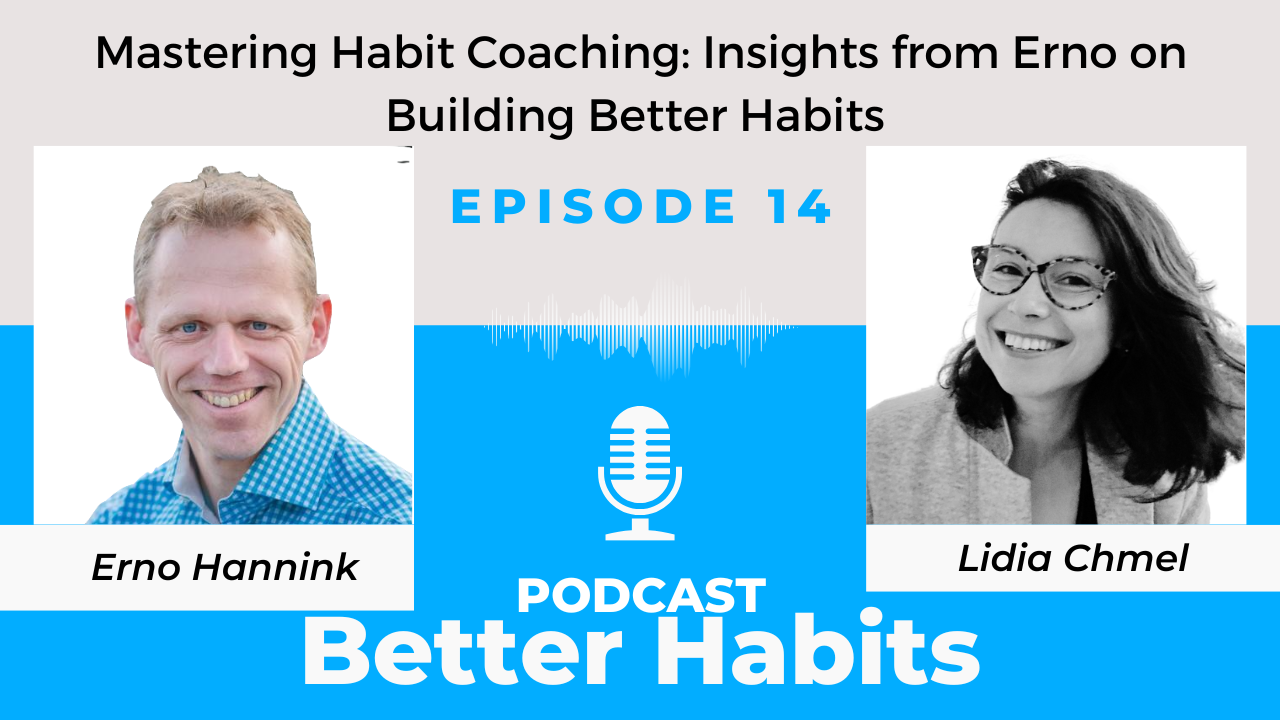Reframing is a tactic for changing your perspective to see new options.
Coaches use this tactic all the time — it’s the most powerful tool in the everyday coaching toolbox.
It’s also a tactic you can use with yourself, with a coworker, with a loved one, or even some stranger on the bus.
But mostly you use it with people who trust you to help them.
Why Reframing is Useful
People create mental models of the world to function within it.
These models are the frameworks in which they see and operate in the world.
You’ve probably heard that your working memory can keep somewhere between five and seven chunks of information.
That’s a pretty good explanation for why you need to simplify the world.
There are too many variables, distractions, and details to hold them all in your head.
So, instead, you have to simplify and summarize.
In short, we rely on frameworks to be mental shortcuts that are small enough to fit in our brains.
That’s the good part of frameworks — they are empowering.
Now, by definition, the frameworks we use are missing information.
Sometimes this missing information is harmless.
But in coaching, we see when people have harmful frameworks.
We see that these frameworks are causing paralysis or are making healthy options invisible.
That’s where the reframing tactic comes in:
Reframing is when you replace an existing framework with a new, more functional framework.
Reframing for Better Decisions
In my executive coaching practice, I was talking to a startup CEO about a troubling employee.
Here’s how he described his situation.
“I’ve got a programmer who was highly recommended. One of my investors said he was fantastic, and I know the employee is generally considered to be the tenth best programmer in the world for his specialty.”
The CEO is setting his framework for me as, “This is a great programmer because he has great references.”
“But… he’s worked with us for six months, doesn’t seem to care about our product, never contributes code, and only wants to work on his personal side projects.”
The CEO is stuck here because his original framework is that this is a great programmer — because of external status — and you obviously would never fire a great programmer.
What do you think would have happened if I’d just told him what he should do?
Advice-givers only seem to care about being right.
But coaches also need to care about helping the person change.
In this case, the CEO was stuck, and I wanted to lead him to unstuck.
So, I asked a simple question which allowed the CEO to reframe the situation for himself:
“How valuable is the work this employee is contributing to you?”
The Answer? Zero.
The resolution on this story: the employee was quickly fired.
Every business has a different speed of firing people.
Startups place virtue in moving very fast.
For the most part, startups don’t survive long enough to rehabilitate under-performing employees.
Or, if the fault is with management, to rehabilitate deep issues of chemistry or communication.
This startup CEO stressed about this employee for six months because he was viewing the world through one framework: external validation of employee value.
But then the CEO switched to firing the employee within 48 hours by changing frameworks: internal validation of employee value.
This is why the best coaches in the world are specialized in certain areas.
That specialization gives them enough context to know better alternative frameworks and then to pivot a conversation in just one or two questions.
In this case, I was acting as a business coach who was indoctrinated with a return-on-investment mindset.
That’s a mindset I didn’t have when I was a mere software developer or when I was coaching distance runners.
Reframing for Increased Options
As a lot of executive coaches know, clients need help making decisions.
And they express this by claiming that all of their available options are bad.
But almost always, “all my options are bad” is an indication that the best decisions are invisible.
As a coach, you can pull out some strategies to try to reframe the problem to find more potential solutions.
Here are some powerful ways to do that.
The Rule of Three
Insist on having multiple options to compare.
One idea is a bad idea. Two ideas is an argument. Three ideas is a brainstorm.
Typically, participants believe that they are already aware of all possible options and will tell you:
“We have to do this bad thing because the only other option is even worse!”
Insisting on three ideas starts a brainstorming process that opens up the idea that there might be five, ten, or even more possibilities.
Question the Question
You can execute this coaching move in two steps.
First ask, “What problem are you trying to solve?”
Then ask, “Is this the right problem to be solving right now?”
Changing Shoes
A person will often edit their options down to things that they believe they are good at.
That makes them blind to solutions that they could either learn or delegate.
A tactic for solving this is to ask them how a person with different strengths might approach a problem.
For example, “How would an Oprah deal with this?”
Reframing Someone’s Identity
An early lesson I learned in executive coaching is to ask a question along the lines of:
“You’ve been very successful in your career. What did you do to achieve all that success?”
This question immediately reveals the client’s blind spots.
The story they tell you is going to be the story of the behaviors, skills, and talents that they are most proud of.
This is their professional identity.
Because it’s reinforced by pride, it’s extremely hard for them to realize when this identity becomes a weakness.
At some point, you’re going to end up telling this client:
“The strengths that got you here are now holding you back.”
This is a revolutionary concept.
I say it so often that it feels like a cheap trick.
It’s the one guaranteed epiphany that I can bring every coaching client.
Coaches are measured by value, and so this is one epiphany that’s worth offering, no matter how easy it is to reach.
In executive coaching, here are three common examples of identity blocks.
Great Improvisers
People who get promoted for being the first to spot and solve a problem.
They got to the problem first because they don’t suffer from inertia or the need to plan.
These improvisers get rewarded with staff who want to know the plan.
Suddenly the staff is complaining that there’s no plan.
What the staff need is the exact opposite of what the improviser thinks got them the promotion.
Workaholics
People who get promoted for hitting impossible deadlines.
They hit these deadlines by pulling all-nighters and working weekends.
With this strategy, they can temporarily double their output.
But then they get promoted to managing a team and start missing deadlines.
This is because a single person is still just one person.
They can’t personally fit the work of a ten-person team into a single evening.
The Detail-Oriented
People who produce extremely hard work through preparation and discipline.
They get promoted over and over again through the strength of their accomplishments.
Then, suddenly, they start getting performance reviews saying that they aren’t strategic.
Usually, what happened is that they were slow to produce strategic ideas because they were too heads-down in craftsmanship and research.
What’s the point of making strategy ideas if you aren’t sure you can implement them?
There’s some logic to this.
But that logic doesn’t change the fact that they are now out of sync with the pacing of strategy work from their peers.
Reframing Often Requires a Story
Most existing frameworks were developed subconsciously.
These mental models feel more like natural law than some sort of optional shortcut.
So when you contradict them, you often appear to be picking a fight.
To get around this, many coaches collect stories.
If you coach long enough, you’ll see a pattern of common reframings.
And then, you’ll find and practice stories that illustrate the transition from one framework to another.
The story can be real, or it can be fiction.
What matters is that it’s emotionally relevant and that it involves third parties.
Here’s an example story that I pull out when someone is focused on the wrong priority.
Usually, you can spot this because they are frustrated that nobody agrees with them.
As a coach, I don’t know for sure that the priority is wrong.
But I know that there is a pattern where people get overly attached to their own idea even though they are capable of seeing the bigger picture.
Here’s the Story
Did I ever tell you about my job as a junior programmer for a media company?
I was really earnest and had a lot of initiative. [Note: This is going to be a self-deprecating story, but praise here helps prevent the client from thinking the moral is that I was stupid.]
I got really excited about finding computer security holes on our website. So, I started working on this problem in the evenings. And then, I called a meeting with my CIO to warn her.
I was super proud of my initiative.
She listened. And then she said, “Can I tell you about a thing that keeps me up at night, and then you and I can talk about how to prioritize what to fix first?” [Note: this was a savvy move that some might call pre-framing.]
“I’m afraid of what would happen if this building burned down. We don’t have offsite phone numbers for the staff. How would we coordinate getting back to work? Don’t we have offsite storage of the digital copies of our books? We might not be able to do reprints. We probably don’t have full financial records. And we wouldn’t be able to pay our authors. In short, I think we’d have to shut the company down.”
Here’s the Takeaway
If I tell this story correctly, the client immediately gets that they might be facing resistance to their idea because they are strategizing at the wrong level.
As a junior programmer, I saw problems in my sandbox as being the most significant possible priorities.
It sort of slipped my mind that the people above me might have even more significant concerns.
Thankfully, I had a CIO who could kindly set me straight.
The first executive coach I worked with seemed to have several hundred of these stories.
He certainly told me at least one hundred.
And then, I ended up meeting some of his other clients and comparing notes about our favorites.
It quickly turned out that there were some classic stories that I hadn’t heard yet.
And all the other clients said, “You should wait to hear that story until you need to hear it.”
Reframing in NLP
You’ll often run into language and reframing tactics from the world of NLP.
Most often, coaches use these tactics with people who are blocked by negativity.
In the NLP explanation, there are two main tactics, context and content reframing:
A Context Reframe is giving another meaning to a statement by changing the context.
For example: “My 6-years old daughter is too head-strong.” → “Won’t you be happy when she grows up that she will be able to end for herself?”
A Content Reframe is giving another meaning to a statement by recovering more content, which changes the focus.
For example: “My boss always comes to me when he wants someone to deal with this most difficult customer who is also the most important.” → “He must trust you so much!”
Reframing for Positive Connotations
One trick that works in almost all coaching situations is to use transparency to bring people into the process.
So, you can say something like, “Have I ever taught you about the coaching concept of the Positive Connotation?”
This prompts a process conversation about coaching strategies.
It puts the client on a path to then apply the strategy themselves.
Imagine a client complaining about a coworker: “My coworker is a terrible person.”
And you think, “I bet the coworker thinks of themselves as a good person.”
If you just blurt that out, you’ll start an argument.
Of course, as a coach, you’re allowed to disagree with a client.
It’s just that after starting the argument, you’ll then need to hear all the reasons why the coworker is, in fact, terrible.
And that’s a waste of session time.
The Positive Connotation reframe requires both parts: the concept and the delivery.
You deliver by pivoting the conversation into coaching science.
That’s inherently empowering because you teach the client to coach themselves.
And the concept is around an observation that negative connotations close options.
“If a person is a bad person, how can you work with them?”
Help your clients coach themselves this way, and they’ll open up many new options.








